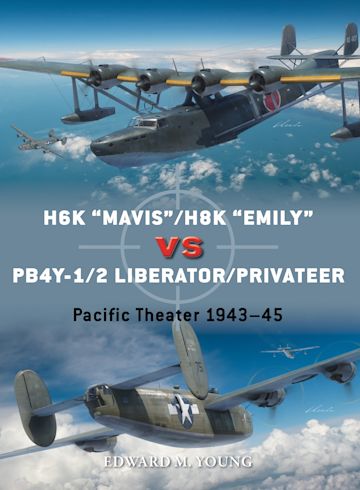- Thread starter
- #41
Wild_Bill_Kelso
Senior Master Sergeant
- 3,231
- Mar 18, 2022
Depends on what time frame you're looking at in the PTO.
Late war, the Japanese were fielding aircraft that were formidible and heavily armed, like the N1K1J, which had four 20mm cannon.
There ws also the KI-100, armed with two 12.7mm MGs and two 20mm cannon, the J2M3 that was armed with four 20mm cannon.
Those are just the single engine fighters, they had twins that were packing a hellova punch, too.
That's a fair point, although there were never that many of these around

